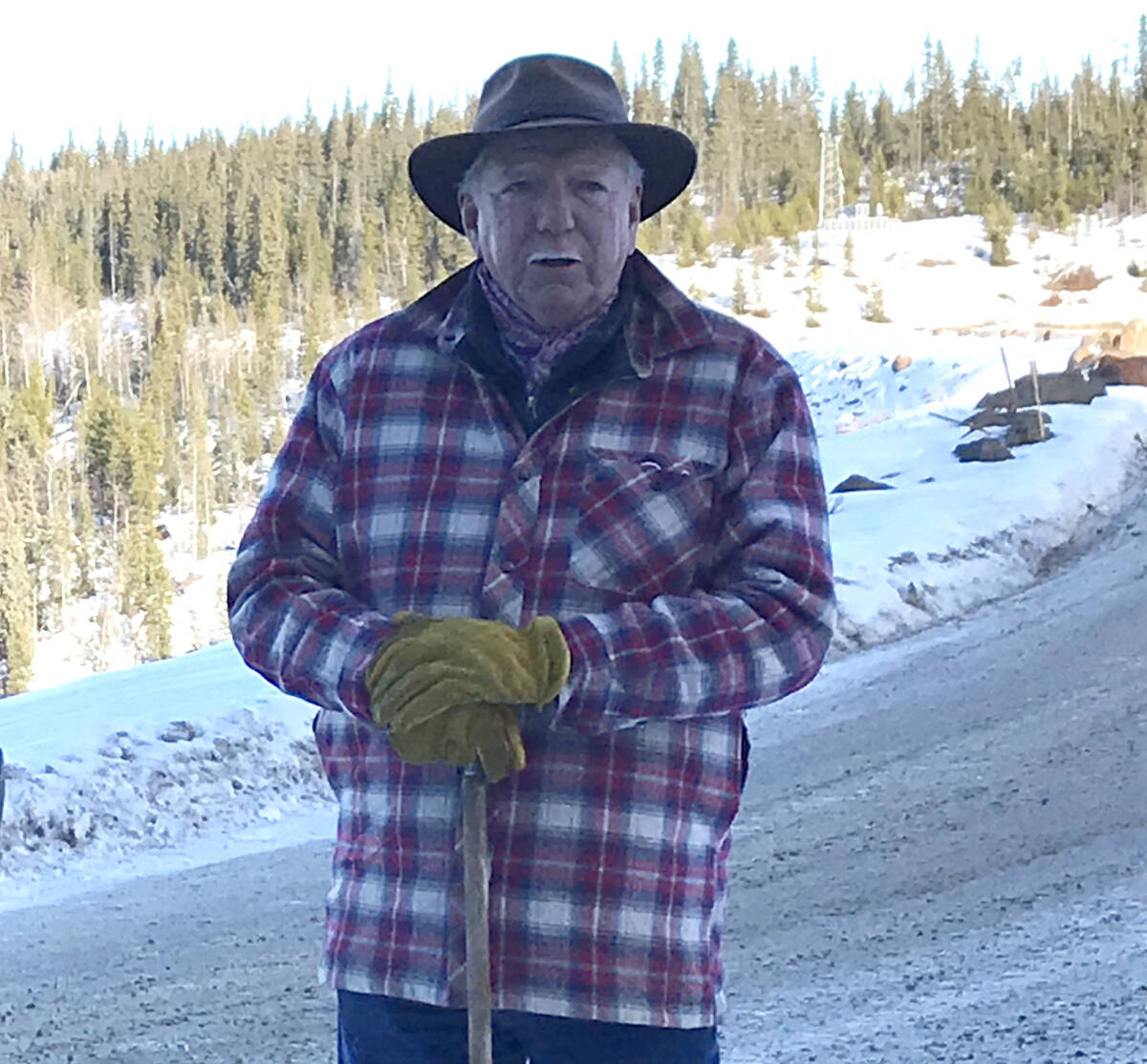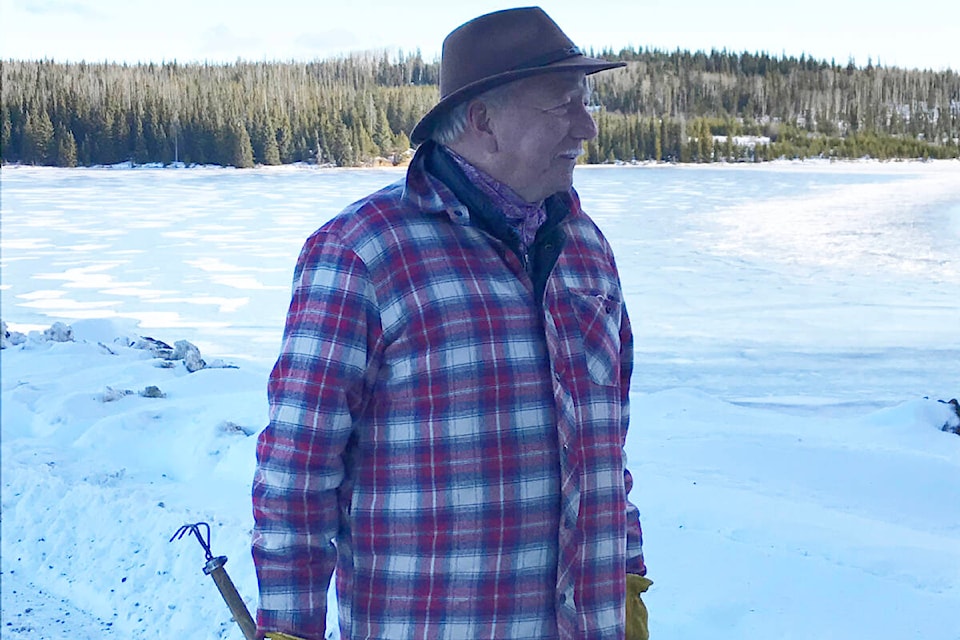The flow of money has always trumped the flow of water down the Nechako Valley, ever since the Kenney Dam was built.
In the early 1950s, the rocks and dirt put in place to hold back the flow at the headwaters of the once mighty river changed its flow from east to west. Instead of roiling down its age-old channel as the largest tributary of the Fraser River, the dam pushed the forces of that watershed towards dropoff tunnels at the community of Kemano where the gravitational pull turns all that water into electricity for the Rio Tinto aluminum smelter at Kitimat.
Only a fraction of the Nechako - one third of its former self - now flows out a side-door in the Nechako Reservoir, unnaturally through a series of lakes and small rivers never designed by nature to handle its human-controlled volumes at times alien to all ecosystems.
The whole scheme caused a flow of money from Alcan (now Rio Tinto) to the provincial government in Victoria, and that, too, seems to only go in an unnatural way. The benefits never seem to come back north to spawn new economic activity or even repair the environmental damage this frankenstein water route is still causing.
Mike Robertson of the Nechako-Kitamaat Development Fund (NKDF) says enough is enough of getting nothing back for generations of ecosystem degradation; fish population worries (the Nechako sturgeon population is endangered, and the once epic salmon run is now precarious); the complete expulsion of the Cheslatta Carrier Nation from their eons-old traditional lands; the radiant consequences to the Wet’suwet’en, Saik’uz, Stellat’en, Nadleh Whut’en, and other Indigenous cultures; and the modern day realities of ice jams and floods when there ought not be any; erosion that is disconnected from natural patterns; and many other ongoing consequences.
Robertson, a senior official with Cheslatta Carrier Nation, went before Burns Lake’s council to discuss how best to approach the provincial government about getting back a fair return for the annual licensing fees Rio Tinto pays to the Crown. Robertson came brandishing court documents in which those fees were itemized. Between 2008 and 2021 inclusive, the total was $218,125,000. The annual average is about $15-million.
In 1999, NKDF was set up by the B.C. government and Alcan-Rio Tinto each contributing $7.5-million to act as an ongoing economic development trust. That’s the only dedicated money the provincial government has ever set aside for the Nechako watershed communities in connection with the dam and its aftereffects.
“The NKDF is still allocating 1999 dollars. This year, there is only $300,000 available to invest back into the watershed that was affected by the damming of the river. The real demand is triple that amount,” Robertson said. “The government has never entertained invitations to sit down and discuss the concept of putting some of that revenue back into the communities that paid the ultimate price for the benefit of all British Columbians. We call on B.C. to meet collectively with the village and regional district governments, First Nations, and economic development groups to commence meaningful and honest discussions on a redistribution of these funds.”
Rio Tinto pays 50 cents per second for the right to use that water, Robertson calculated, yet the communities of the water get nothing in return. Anecdotally, he said, in his extensive discussions with Rio Tinto, the company has no problem with their licensing money being earmarked for community development purposes in the area their operation affects.
“I would think the government would look favourably on this, as a way to reinvest into the river that has given Victoria, and the people of British Columbia, 70 years of wealth. None of the royalties and licensing fees has been paid back to the communities that pay the ultimate price,” he said.
Mayor and council, in complete agreement with Robertson’s position, wondered out loud which approach would be the most effective. Being militant would alienate the decision-makers, but writing a support letter would be ignored, they mused, collectively. They settled on an approach of reaching out to other municipalities for gathering their voices into a group, including approaching the powerful Union of BC Municipalities for their province-wide influence.
Robertson said he would carry on meeting with other councils in the Nechako watershed area, laying out the case just as the Village of Burns Lake had done.
“For the price of doing that, the government is robbing us blind. They took the water; now they’re taking all the revenue off of what’s left of the water, and we don’t get a sniff of it,” he said.

